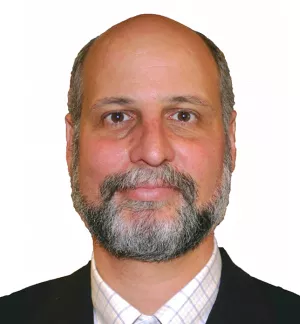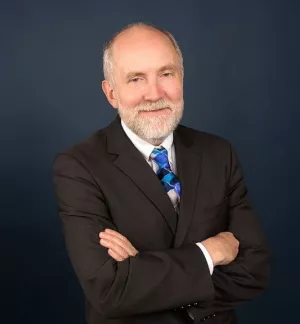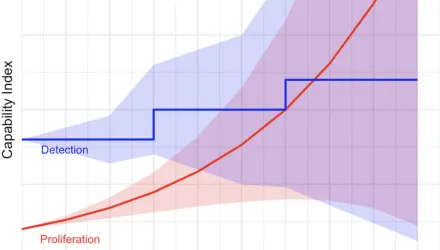In the lead-up to the nuclear security summit in The Hague, Advancing Nuclear Security: Evaluating Progress and Setting New Goals outlines what was accomplished in a four-year effort launched in 2009 to secure nuclear material around the globe—and what remains to be done.
The report finds that the four-year effort made significant progress:
- Nuclear security summit meetings in Washington and Seoul elevated the issue to the level of presidents and prime ministers, transforming the global nuclear security dialogue.
- Thirteen countries eliminated all the highly enriched uranium (HEU) or separated plutonium on their soil.
- All of the locations in non-nuclear-weapon states where there was enough high-quality HEU for the simplest type of terrorist nuclear bomb were either eliminated or had significant security improvements.
- Many countries strengthened their rules and procedures for securing nuclear weapons, nuclear materials, nuclear facilities, or dangerous radiological sources.
- The nuclear security role of the International Atomic Energy Agency (IAEA) was significantly strengthened, as were the IAEA’s recommendations on physical protection of nuclear materials and facilities.
Despite this progress, the report warns that some weapons-usable nuclear materials still remain “dangerously vulnerable,” with security systems that do not provide effective protection against the full spectrum of plausible adversary threats. The report’s authors highlight the continuing danger of nuclear and radiological terrorism and call for urgent actions to reduce these risks..
The report highlights these dangers by describing incidents in several countries – including the United States, Russia, Pakistan, South Africa, and Sweden – that involve dangerous intrusions at nuclear facilities, worrisome corruption, or adversaries with capabilities that might overwhelm nuclear security systems. “The imperative for effective nuclear security will last as long as terrorists bent on mass destruction and nuclear weapons both exist,” said Matthew Bunn, one of the authors of the report. William Tobey, another of the authors, called on the leaders gathering in The Hague “to take difficult steps—to change standard operating procedures, close unneeded facilities, and spend money on sustaining security measures,” arguing that they would only do so if they were motivated by a clear understanding the of threat and the remaining nuclear security vulnerabilities.
The authors conclude that “all countries with nuclear weapons, separated plutonium, or highly enriched uranium (HEU) on their soil have more to do to ensure these items are effectively and lastingly secured.” They also lay out progress and remaining gaps in protecting nuclear reactors from sabotage and in securing radiological sources that could be used in a “dirty bomb.” The authors urge leaders gathering in The Hague at the end of March to shift their focus from a short-term rush for improvements to measures designed to sustain excellent nuclear security performance for the future. Leaders must set new goals to:
Combat complacency. Developing and sharing a database of incidents with lessons learned, as well as expanded intelligence cooperation, will help those responsible for nuclear security make the case that nuclear terrorism is a real and urgent threat to their countries, worthy of a significant investment of time and money.
Improve protection for facilities and transports. Countries should ensure that all nuclear weapons and weapons-usable nuclear material under their control are at least protected against a baseline threat that includes: a well-placed insider; a modest group of well-trained and well-armed outsiders, capable of operating as more than one team; and both an insider and the outsiders working together. Countries facing more capable adversaries should provide higher levels of protection.
Consolidate stockpiles of nuclear weapons and materials so that there are fewer sites in need of security investments.
Strengthen security practices “on the ground” through improved training, realistic performance testing and “force-on-force” exercises, new programs to strengthen security culture, and exchanges of “best practices” among organizations responsible for nuclear weapons, materials, and facilities.
Build a more effective global nuclear security framework to help states cooperate on establishing standards and goals for nuclear security, discussing and deciding on next steps to improve nuclear security, confirming that states are fulfilling their responsibility to provide effective security, and tracking states’ progress in fulfilling their nuclear security commitments. In particular, the authors suggest that for the next nuclear security summit in 2016, a group of states should make a high-level commitment to high standards of nuclear security and invite other states to join them, offering help to those who would like to meet the agreed standards but need assistance in doing so.
Malin, Martin, Matthew Bunn, Nickolas Roth and William H. Tobey. “Advancing Nuclear Security: Evaluating Progress and Setting New Goals.” Managing the Atom Project, Belfer Center, March 18, 2014











